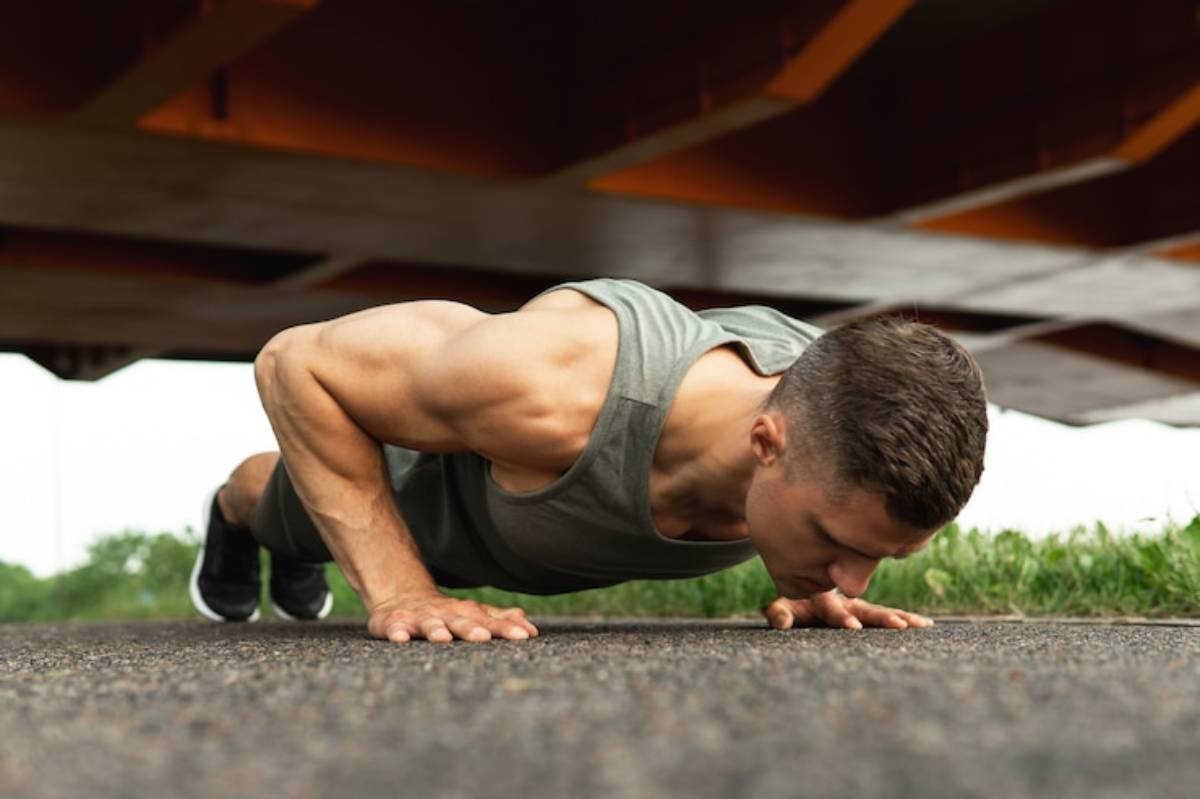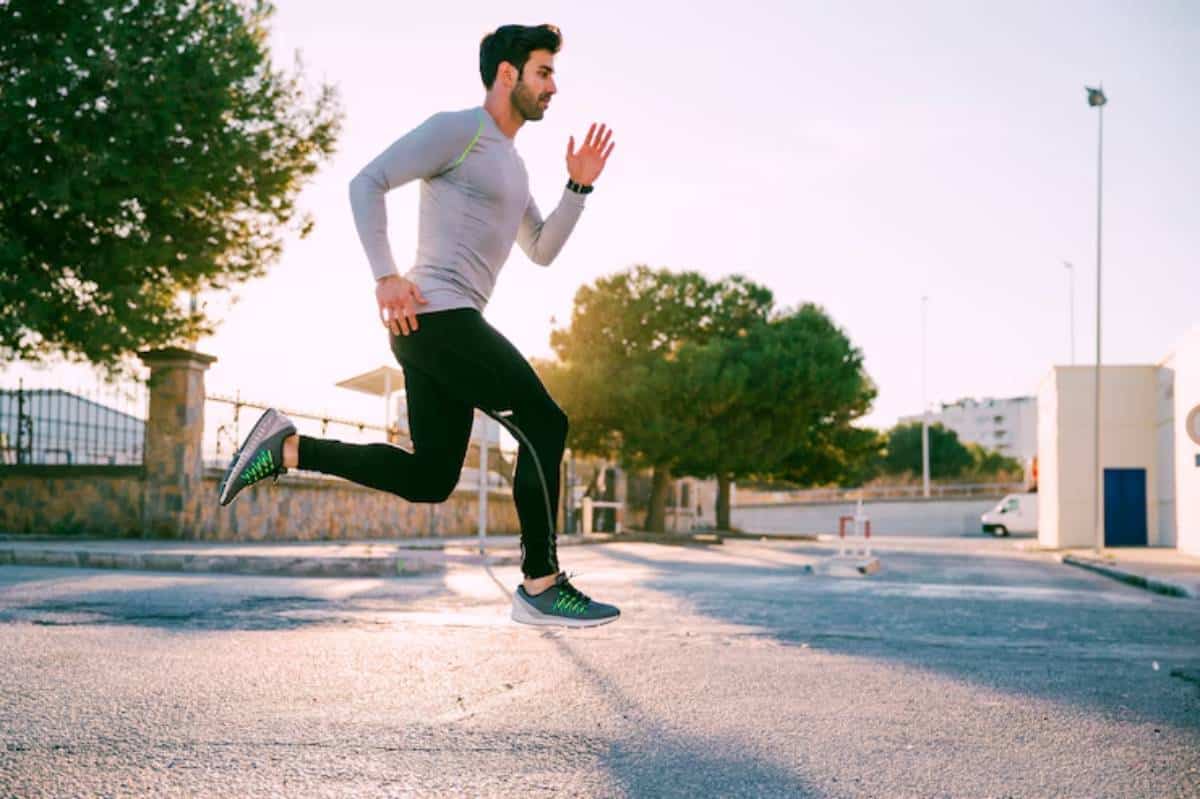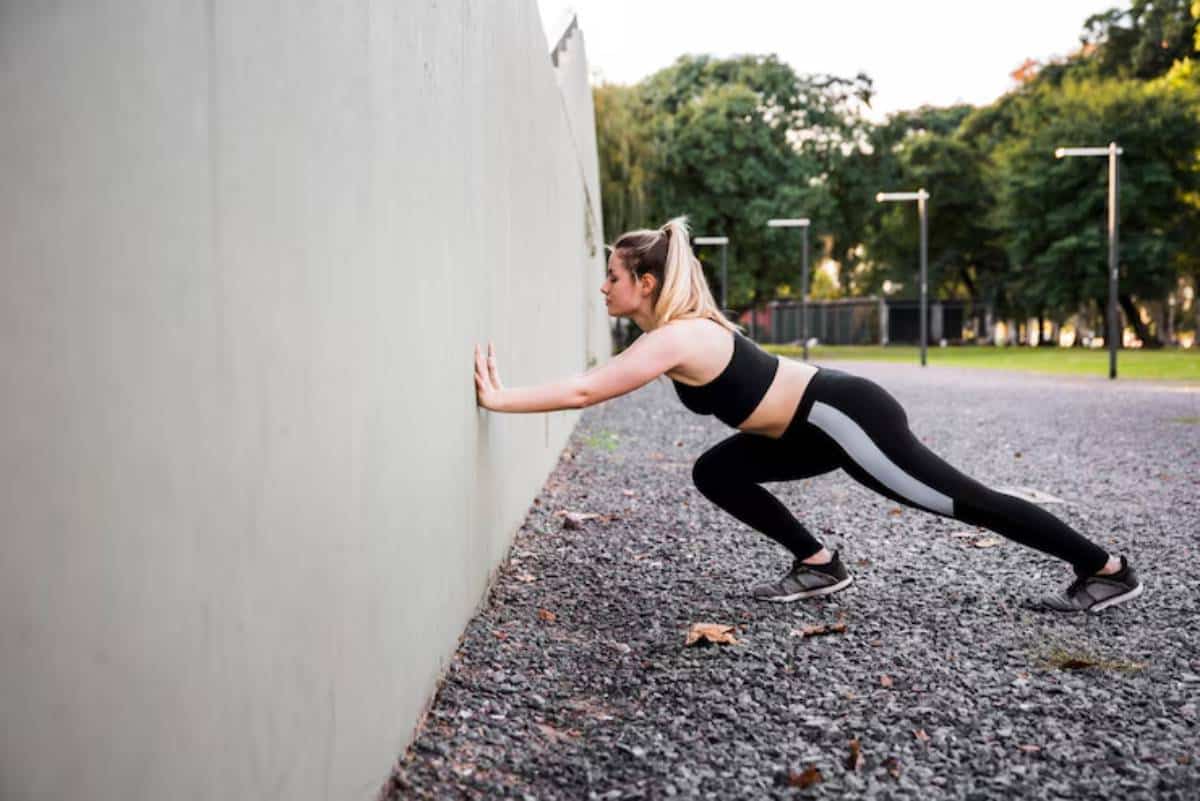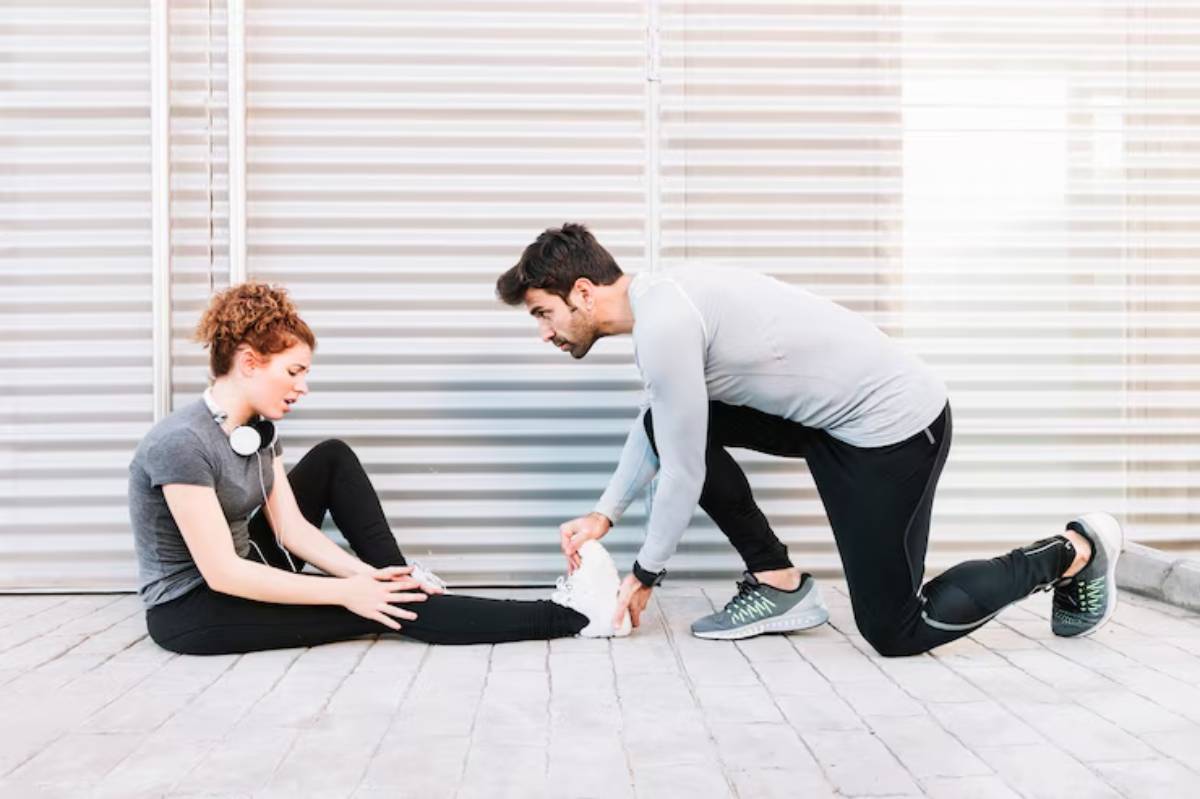
Bodyweight-Specific Recovery Techniques: Recharge, Rebuild, Repeat
You know that feeling — the satisfying ache after a solid training session. It’s the badge of honour that tells you you’ve worked hard.
But here’s the kicker: what you do after your workout is just as important as the workout itself. And when it comes to bodyweight strength training, your recovery needs a specific touch.
Unlike traditional gym workouts, bodyweight training often involves higher frequency and more complex movement patterns. Your wrists, shoulders, hips, and core get a serious workout. Neglecting post-training recovery? That’s where stiffness, plateaus, or even injuries sneak in.
But recovery doesn’t need fancy tools or expensive gadgets. With a thoughtful approach to fitness recovery without equipment, you can speed up healing, reduce soreness, and come back stronger. In this guide, we’ll explore active recovery bodyweight techniques tailored to your training style, helping you move better, feel better, and keep progressing.
Why Recovery Matters in Bodyweight Strength Training
It’s tempting to think that because bodyweight exercises don’t involve lifting heavy iron, recovery isn’t as crucial. But here’s the truth bodyweight training often requires high joint involvement, neuromuscular coordination, and repetitive stress on key areas like the shoulders, hips, and spine.
The Science of Recovery
Recovery isn’t just about feeling good. It’s about repairing muscle fibres, replenishing energy stores, and reducing inflammation. Research from the Journal of Sports Science & Medicine (2019) suggests that structured recovery protocols improve performance and reduce injury risk in athletes (Kellmann et al., 2019).
In short, post-training recovery is what allows you to train consistently and improve over time.
The Principles of Active Recovery Bodyweight Style
What Is Active Recovery?
Active recovery involves low-intensity movement to promote blood flow and reduce muscle tightness. It’s about staying gently active rather than collapsing on the sofa post-workout.
For bodyweight athletes, active recovery means:
- Enhancing joint mobility.
- Flushing out metabolic waste (hello, lactic acid).
- Promoting tissue healing.
- Restoring neuromuscular coordination.
Bodyweight-Specific Recovery Techniques: No Equipment Required
Let’s dive into practical fitness recovery, no-equipment methods you can use anywhere.
1. Dynamic Stretching Flow (5–10 minutes)
- Why it works: Keeps joints mobile and muscles supple without over-stressing the body.
How to do it:
Cycle through low-intensity movements like:
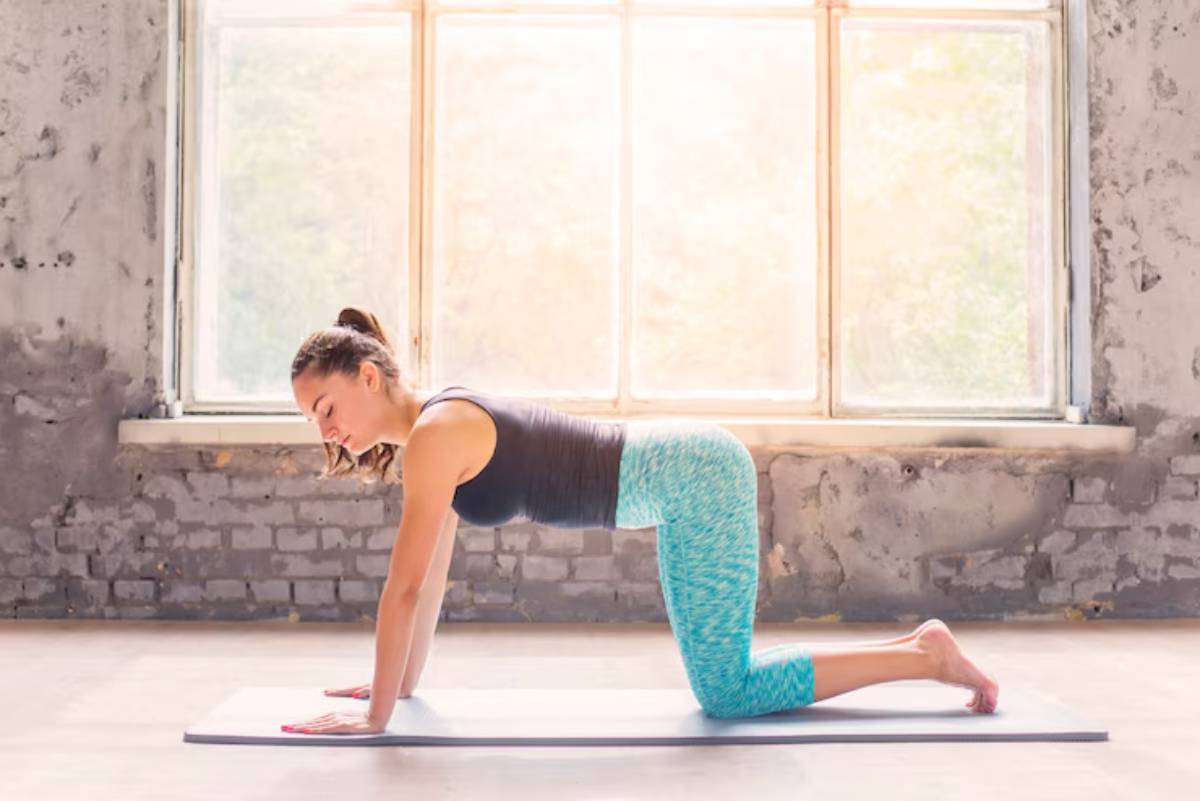
- Cat-cow stretches (10 reps).
- Arm circles (30 seconds each direction).
- Hip circles (30 seconds).
- World’s greatest stretch (5 reps per side).
This flow gently reintroduces movement and reduces post-workout stiffness.
2. Breathwork and Diaphragmatic Breathing (5 minutes)
- Why it works: Helps activate the parasympathetic nervous system, promoting relaxation and reducing cortisol (stress hormone).
How to do it:
- Lie on your back, knees bent.
- Place one hand on your chest, one on your belly.
- Inhale deeply through your nose, expanding your belly.
- Exhale slowly through your mouth.
Reps: 5–10 slow breaths.
Use this post-training or before bed.
3. Active Mobility Circuits (10–15 minutes)
- Why it works: Combines stretching and controlled movement to target key areas like hips, shoulders, and spine.
Try this sequence:
- 90/90 hip switches – 10 reps per side.
- Deep squat hold with rocking – 60 seconds.
- Shoulder dislocates (using a towel) – 15 reps.
- Thoracic spine rotations (thread the needle) – 10 reps per side.
4. Isometric Holds for Blood Flow (5–10 minutes)
- Why it works: Low-intensity holds stimulate blood flow without overloading joints.
Examples:
- Wall sit: 30–45 seconds.
- Glute bridge hold: 45–60 seconds.
- Plank (knees down if needed) 30–45 seconds.
Rotate through 2–3 rounds.
5. Walking or Light Movement (20–30 minutes)
- Why it works: Increases circulation, helps flush out metabolic byproducts, and reduces stiffness.
Aim for a relaxed pace, focusing on posture and breathing.
6. Self-Massage (DIY Myofascial Release)
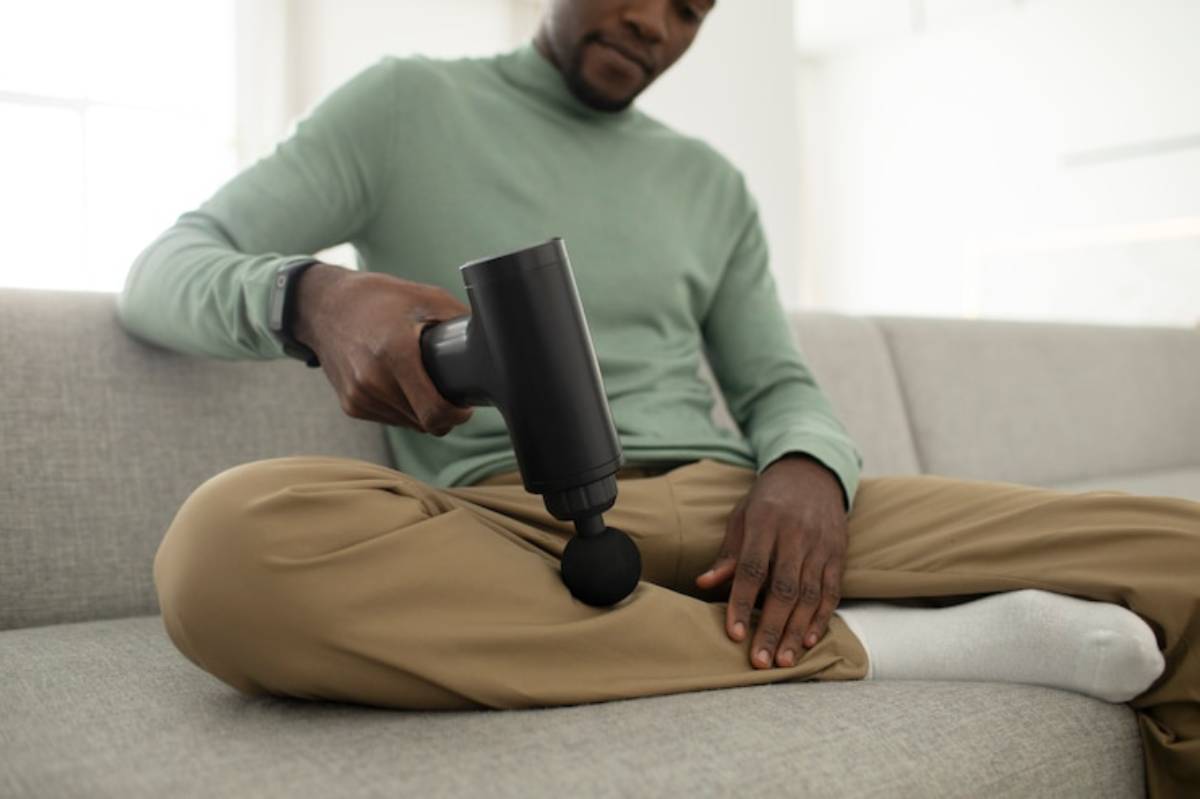
- Why it works: Releases muscle tension, improves blood flow, and aids recovery.
How to do it:
- Use your hands or a rolled-up towel to apply gentle pressure to sore areas like calves, quads, or shoulders.
- Spend 1–2 minutes on each muscle group.
Sample Active Recovery Bodyweight Routine (30 minutes)
Here’s a simple, effective post-training recovery session you can do once or twice a week.
| Activity | Time |
| Dynamic Stretching Flow | 10 minutes |
| Active Mobility Circuit (2 rounds) | 10 minutes |
| Breathwork + Diaphragmatic Breathing | 5 minutes |
| Light Walk or Self-Massage | 5–10 minutes |
Total time: 30–35 minutes.
Real-Life Example: Sarah’s Recovery Story

Sarah, an avid bodyweight athlete, loved her high-frequency training but found herself feeling tight and fatigued more often. By incorporating active recovery bodyweight sessions twice a week, including mobility drills and breathwork, she noticed improved flexibility, better sleep, and more energy for her workouts. Her takeaway? Post-training recovery isn’t optional — it’s a performance booster.
Tips for Effective Recovery Without Equipment
- Prioritise consistency: Small, regular recovery sessions beat sporadic efforts.
- Listen to your body: Adjust recovery intensity based on how you feel.
- Don’t skip mobility: Your joints will thank you.
- Hydrate and refuel: Support your body’s healing process from the inside out.
- Use recovery days actively: Treat them as part of your training, not a break from it.
Common Mistakes to Avoid
- Skipping recovery altogether: Your body needs downtime to rebuild stronger.
- Only stretching passively: Include active movements to maintain joint function.
- Over-relying on rest: Stay gently active for optimal healing.
- Ignoring breathwork: Recovery isn’t just physical — mental relaxation matters too.
Conclusion: Make Recovery Part of Your Strength
Your strength doesn’t just come from the workouts you do. It comes from how well you recover, rebuild, and prepare for the next challenge. With these bodyweight-specific recovery techniques, you’ll move better, feel stronger, and reduce your risk of injuries — all without needing fancy tools or equipment.
Ready to level up your recovery game? Try the active recovery routine above and feel the difference it makes. Got a favourite recovery drill or a question about integrating these techniques? Drop it in the comments! And if this guide helped, share it with a friend who’s ready to recharge and rebuild for better bodyweight strength.
